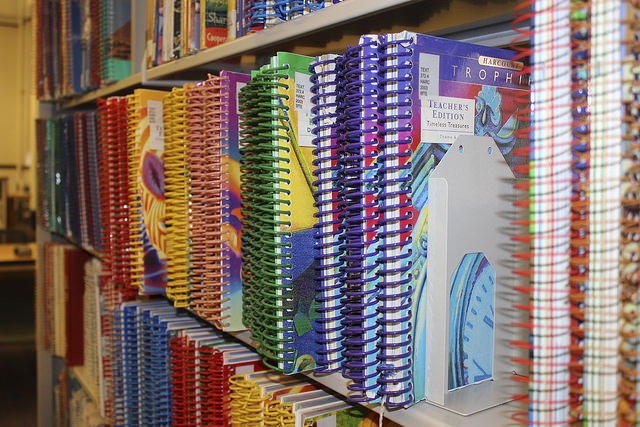Writing my paper about who walks with me on my journey of becoming an educator was very beneficial as the process caused me to deeply reflect on my understanding of who I am as a teacher. John Dewey, Maxine Greene and Nel Noddings were the theorists whom I found my teaching philosophy most corresponded with. These guides helped me reflect on what is curriculum and how have individuals such as these helped develop and shape the practices and techniques that I will use in the classroom one day. The open minded, inclusive environment that I want to create in my future classrooms was a highlight of my paper as I strongly believe that the environment sets a stage for the learning that will occur. A productive and positive environment is the basis of any classroom success. I know that the environment of a learning experience can occur within the walls of a classroom, but many times it occurs out in the world.
These curriculum theorists have helped me realize that curriculum can be interpreted many different ways, by teachers, and student, but the environment that it is taught in and the attitude towards the curriculum causes the learned curriculum to be different in different classrooms. By this, I am referring to the nature of the teacher and how they teach. As an educator, if I create or foster an environment that welcomes diversity and encourages risks, then my students are more likely to expand their learning beyond outcomes and indicators. This is obviously contrasted with curriculum taught in a classroom that is based on right and wrong answers as well as summative assessments. The curriculum is affected by the way I approach it and present it as a teacher. These theorists challenge me to think about how I will teach in the classroom and in what ways can I alter my teaching to give my students the best possible outcome of learned curriculum.
At this point in the semester, I see myself as a teacher who is constantly reflecting on the way that I present myself and material in the classroom. I also see myself as someone who wants to promote diversity and acceptance as well as creativity. I want to create experiences for my students and help them remember what they are learning by having memorable moments that will stick with them. I want to share with my students my love of life and help each and every one of them find happiness in this world. I look forward to seeing how my thoughts of myself as an educator change in the upcoming days, weeks and years.
Until next time!




